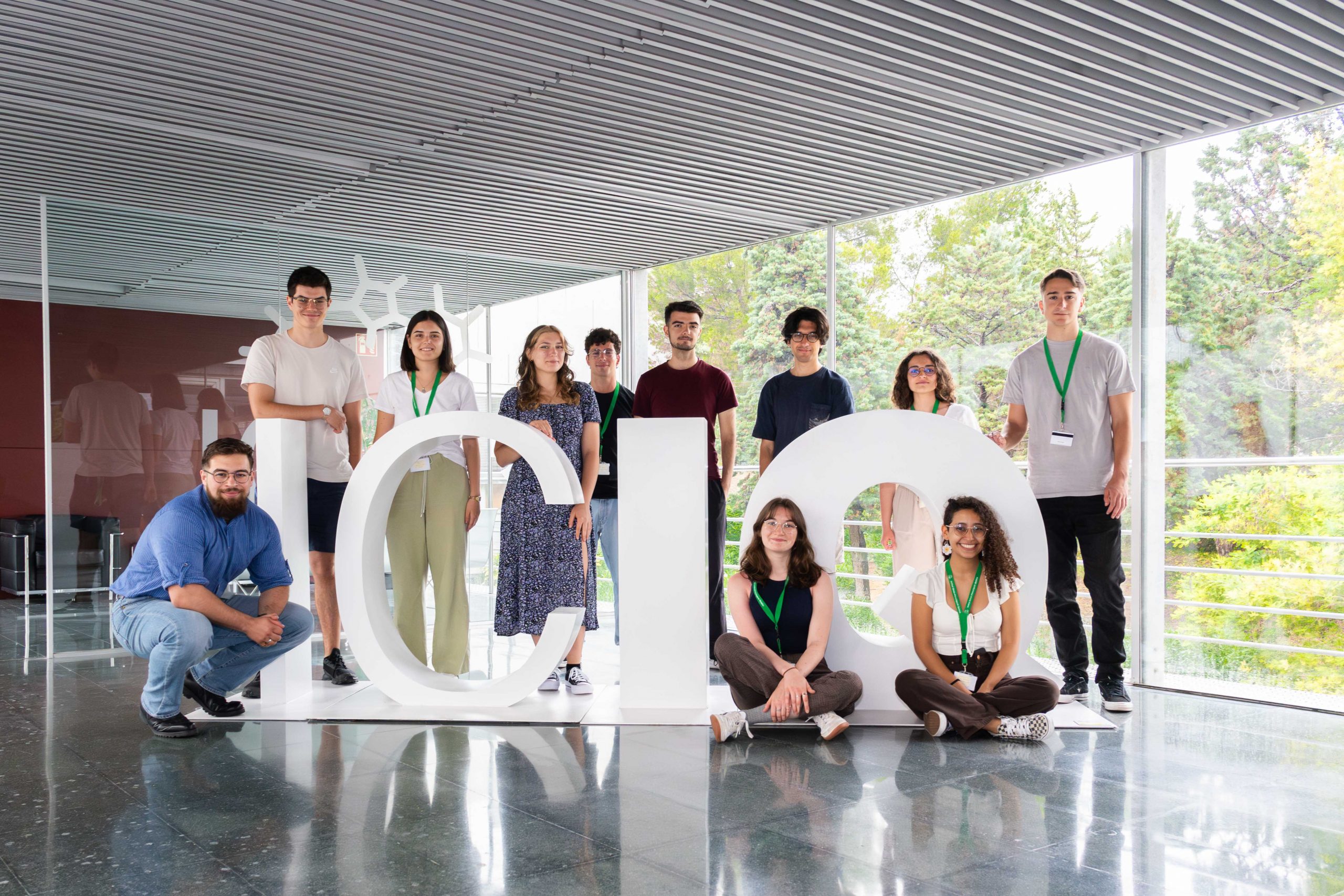A novel molecular photoanode to oxidise water
Researchers from ICIQ and Caltech build a new molecular photoanode for water oxidation.
Mastering the oxidation of water to molecular oxygen is key for the production of sustainable solar fuels and other energetic molecules. Now, a multidisciplinary team of chemists, engineers and material scientists from ICIQ and Caltech have designed a new silicon photoanode that incorporates immobilised molecular catalysts to achieve water oxidation with high faradaic efficiency during several hours.
Molecular catalysts in solution can oxidize water at higher rates than natural systems. Anchoring these catalysts onto semiconductors can generate powerful photoanodes, which are useful to ‘steal’ electrons from water molecules and use them in different chemical transformations towards the synthesis of value added products like hydrogen, ammonia or sustainable fuels. However, all attemps to immobilise catalysts onto photoanodes had given very poor stability results.
But today the dream is closer to coming true. ICIQ and Caltech researchers just discovered how to effectively tie molecular catalysts onto commercial silicon photoelectrodes using a novel multi-layered coating made of titanium dioxide, graphite, and carbon nanotubes (CNTs). The outermost CNTs layer holds the key for success – it allows the anchoring of the pyrene-decorated ruthenium catalysts through strong π-stacking interactions. These hybrid photoanodes can oxidise water for several hours thanks to the combination of the fast kinetics of molecular catalysts and the high durability of the protected silicon semiconductors.
Roc Matheu, first author of this paper, explains how ‘previous attempts to immobilise molecular catalysts did not perform well; there were limitations in current density, and showed lower activities than homogeneous alternatives.’ Limitations usually came from quick photodegradation and desorption of the catalyst from the photoanode. Nevertheless, thanks to this new strategy, the catalyst stays fixed to the electrode: ‘The experiments show that the ruthenium catalyst remains intact after 3 hours of operation,’ comments Matheu, who carried out his research both at ICIQ and Caltech, under the supervision of Prof. Llobet and Prof. Lewis, respectively.
‘The versatility and strength of this hybrid photoelectrodes shows great promise,’ adds Matheu. ‘We could now transform other high performance homogeneous catalysts into more stable photoelectrodes, even for other relevant reactions such as the photocatalysed reduction of N2 or CO2.’
Photoelectrochemical behavior of a molecular Ru-based water-oxidation catalyst bound to TiO2-protected Si photoanodes.
R. Matheu, I.A. Moreno-Hernández, X. Sala, H.B. Gray, B.S. Brunschwig, A. Llobet, N.S. Lewis.
J. Am. Chem. Soc. 2017, DOI: 10.1021/jacs.7b06800
Related news

Let's create a brighter future
Join our team to work with renowned researchers, tackle groundbreaking
projects and contribute to meaningful scientific advancements








 16-12-2024
16-12-2024 


















